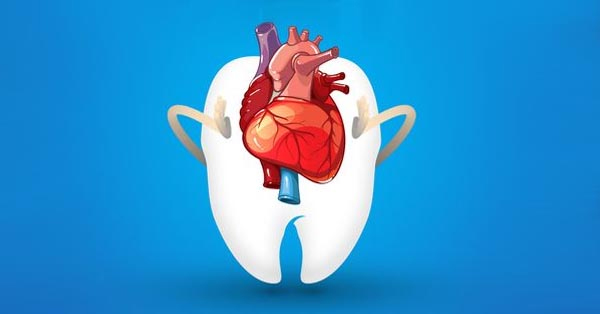Your mouth may be the gateway to your heart’s health in ways you never imagined. While brushing and flossing are often viewed as cosmetic concerns, emerging research reveals a profound connection between oral health and cardiovascular disease that could be life-changing. More than 80 percent of Americans are living with periodontal or gum disease, often undiagnosed, while cardiovascular disease remains the world’s leading cause of death, claiming over 17 million lives annually.
The relationship between these two health concerns isn’t coincidental—it’s biological, measurable, and preventable. Understanding this connection empowers you to protect both your smile and your heart through simple daily habits that could significantly reduce your risk of heart attack, stroke, and other serious cardiovascular complications.
The Scientific Connection Between Oral and Heart Health
The link between oral health and heart disease centers on bacterial migration and systemic inflammation. When harmful bacteria from dental plaque enter the bloodstream, they can travel throughout the body and attach to damaged areas of the heart, causing dangerous inflammation. This process occurs through everyday activities like brushing, flossing, chewing, and dental procedures, which can provide pathways for oral microbes to access the circulatory system.
Research demonstrates that people with gum disease are 28% more likely to suffer a heart attack than those without dental problems. The bacteria associated with gum infections don’t remain confined to the mouth—they migrate into blood vessels, where they can attach to arterial walls and increase cardiovascular disease risk. This bacterial invasion can lead to several serious conditions, including endocarditis (infection of the heart’s inner lining), atherosclerosis (clogged arteries), and increased stroke risk.
How Gum Disease Triggers Heart Problems

Periodontal disease serves as the primary pathway connecting oral health to cardiovascular complications. When plaque accumulates on teeth and gums, it creates an environment where harmful bacteria thrive. Left untreated, this infection causes gums to become swollen, bleed, and eventually recede, providing easier access for bacteria to enter the bloodstream.
The inflammatory response triggered by gum disease doesn’t stay localized. Chronic inflammation becomes a well-known risk factor for heart disease, contributing to arterial narrowing and blood clot formation. Studies show that oral bacteria can raise C-reactive protein levels, a marker for blood vessel inflammation that increases heart disease and stroke risk. This systemic inflammatory response can also worsen blood pressure and make hypertension more difficult to control.
Research-Backed Evidence and Statistics
Large-scale studies provide compelling evidence for the oral health-heart disease connection. A landmark 2019 study following 247,696 healthy adults over 9.5 years found that performing one additional tooth brushing per day was associated with a 9% lower risk of cardiovascular events. The same research showed that regular dental visits for professional cleaning reduced cardiovascular risk by 14%.
Another significant 2018 study examining nearly one million people who experienced cardiovascular events found a correlation between tooth loss (indicating poor oral health) and coronary heart disease. Additionally, research revealed that individuals who brushed their teeth less than twice daily for under two minutes faced a threefold increased risk of cardiovascular events compared to those maintaining proper oral hygiene.
Prevention Strategies for Optimal Oral and Heart Health
Good oral hygiene forms the foundation of both dental and cardiovascular protection. The American Dental Association recommends brushing twice daily with a soft-bristled toothbrush and fluoride toothpaste, along with daily flossing. These simple practices can significantly reduce bacterial load and inflammation risk.
Professional dental care plays an equally crucial role. Regular dental visits for cleanings and examinations help identify and treat gum disease before it progresses to dangerous stages. Early intervention can prevent the bacterial migration that threatens cardiovascular health.
Key prevention strategies include:
-
Brushing teeth at least twice daily for two minutes each time
-
Daily flossing to remove plaque between teeth
-
Using antimicrobial mouthwash to reduce bacterial count
-
Scheduling professional dental cleanings every six months
-
Addressing gum disease symptoms promptly
-
Maintaining healthy lifestyle habits
The connection between oral health and heart disease represents a paradigm shift in preventive healthcare. Your dental hygiene routine directly impacts your cardiovascular risk, making daily oral care an essential component of heart disease prevention. By maintaining excellent oral hygiene and seeking regular professional dental care, you’re not just protecting your smile—you’re safeguarding your heart and potentially adding years to your life.

